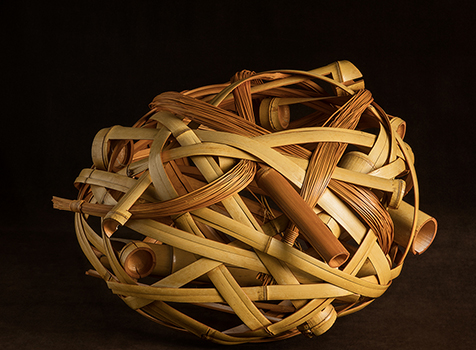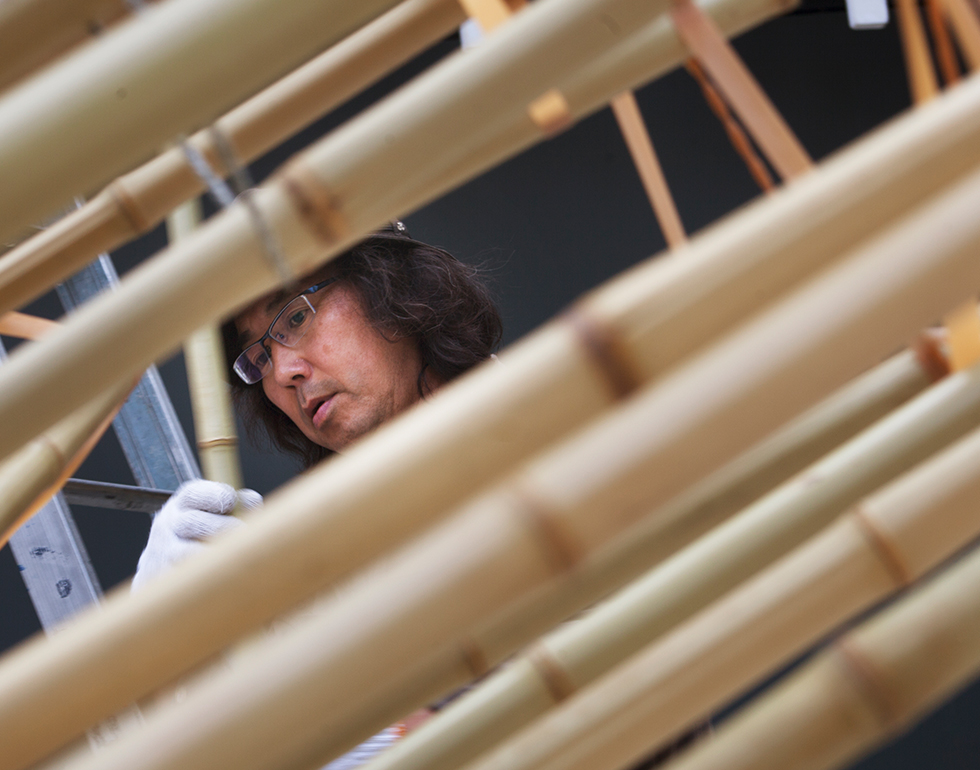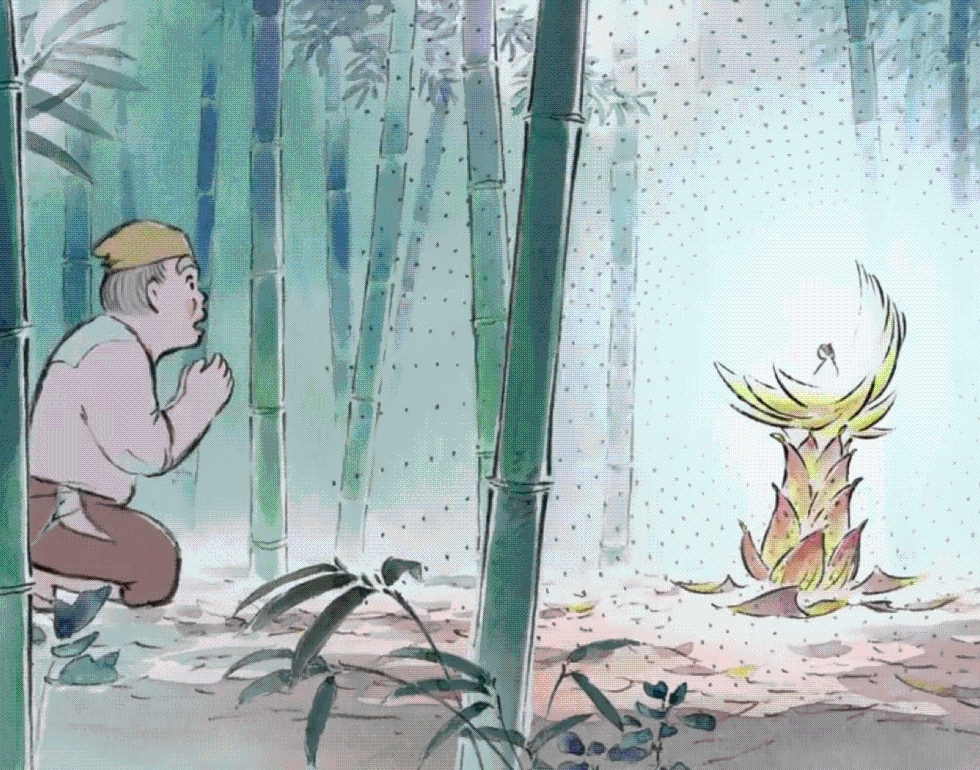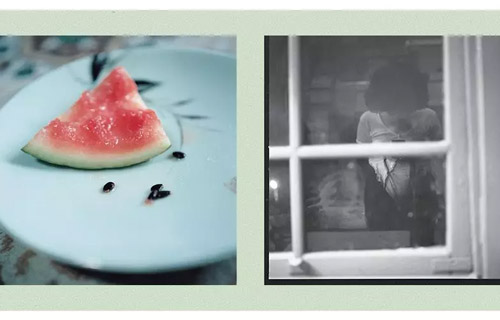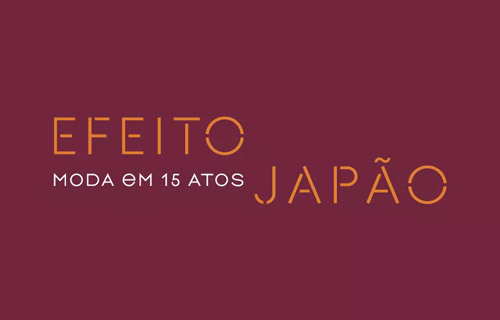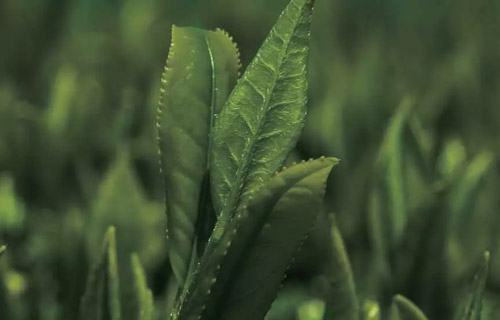“Each culture chooses the element that integrates its identity – sometimes explicitly, others silently. An animal, a plant, or an aspect of geography can symbolize a people’s cultural background, their values, their worldview. Canada, for example, chose the maple tree; the United States, the eagle; Australia, the kangaroo; Russia, the bear.
Bamboo was not chosen as a symbol of Japan. It is, however, a kind of secret ingredient that manifests itself in different ways in the country’s cultural fabric. The plant, which was so omnipresent that it became imperceptible to the Japanese, is the subject of the first thematic exhibition at JAPAN HOUSE São Paulo. With it, the institution celebrates the meeting of two cultures that have a rich history of contact.
An old acquaintance of the Brazilian people, there are more than 200 species of bamboo in Brazil. Acre has the largest native bamboo forest in the world, but we use very little of it. Across the planet, there are more than 5000 registered uses of bamboo, with the Japanese culture being an impressive source of techniques related to the material and some of its most creative expressions.
In addition to every day uses, bamboo is a spirit. A form of existence that is defined by emptiness, a contrast between the fibrous stem and the inner hollow. An absence that, transposed to Japanese culture, is fullness, space for potential, for creation, and for the mind centered in the present. The emptiness allows us to look at life in an integrated way. Dialoging with ancestral traditions, knowledge, and experiences. Finding knowledge and inspirations in daily work and in contact with others. Facing the challenges of contemporary life with a light, inventive, disruptive posture.
The Japanese thought materializes itself in tangible objects that synthesize experiences and are the best way to get to know the country. Bamboo is present in everything from the tea ceremony to martial arts, from music to architecture, from visual arts to rural utilities, from religious rites to children’s games, and from literature to innovation and technology. It has always permeated the entire life of this people, aligning contemporary and prehistorical Japan.
Bamboo is a type of grass, the essence of which is recognized by the Japanese. It has strong roots, is vigorous, light, rigid, resilient, and discreet. The plant’s attributes are confused with those of the Japanese culture itself and explain its role as a silent protagonist within it – it is better to exist than to show off. To dwell on the nuances of this intimate relationship is to open up to a new horizon of possibilities and meanings.”
Marcello Dantas, curator and program director at JAPAN HOUSE São Paulo.





